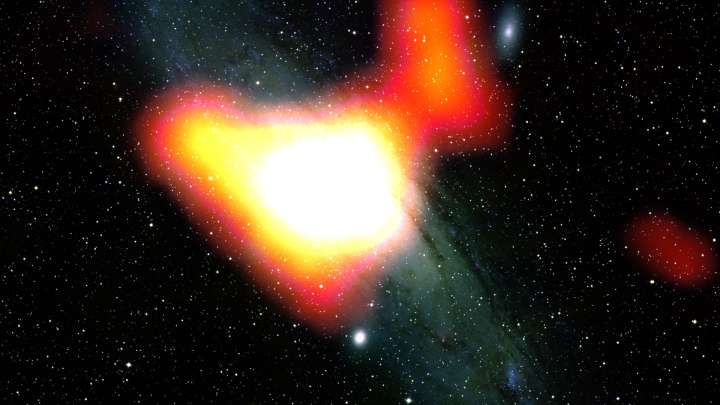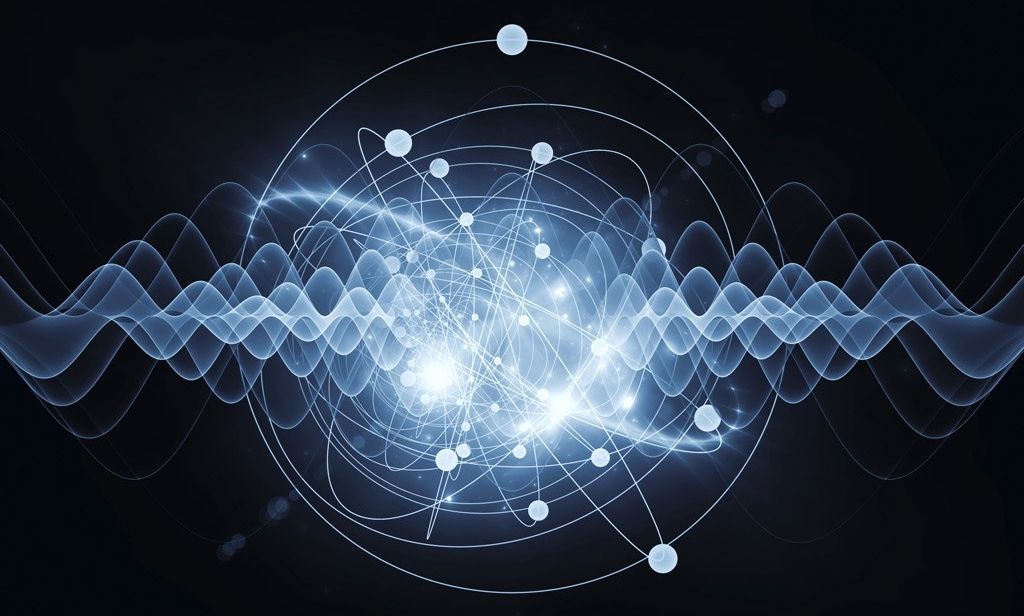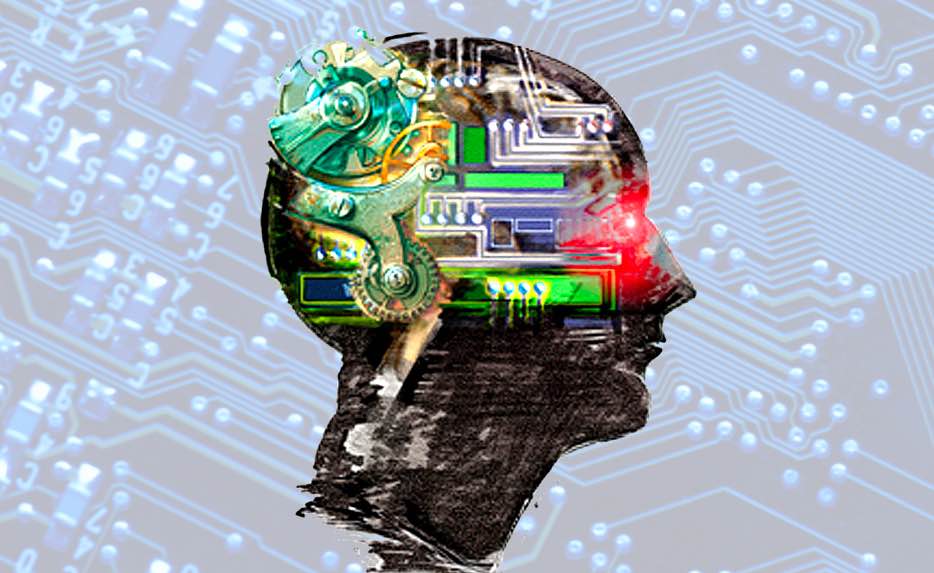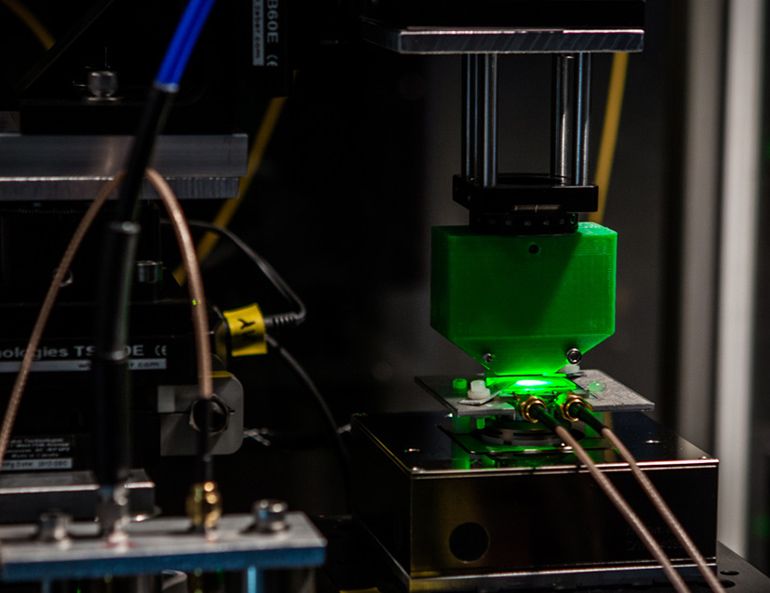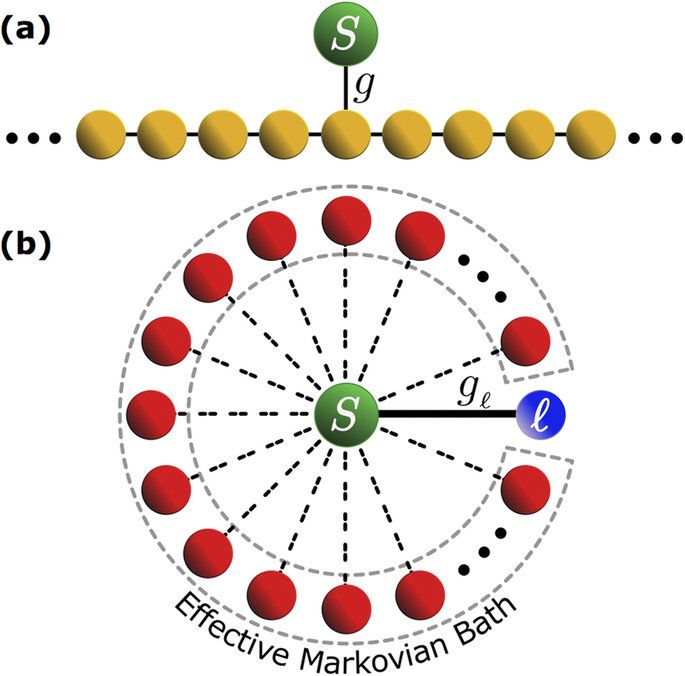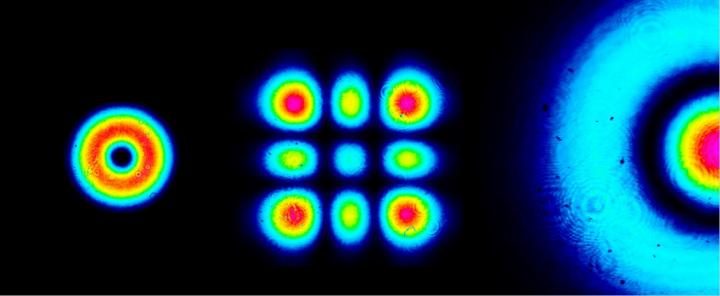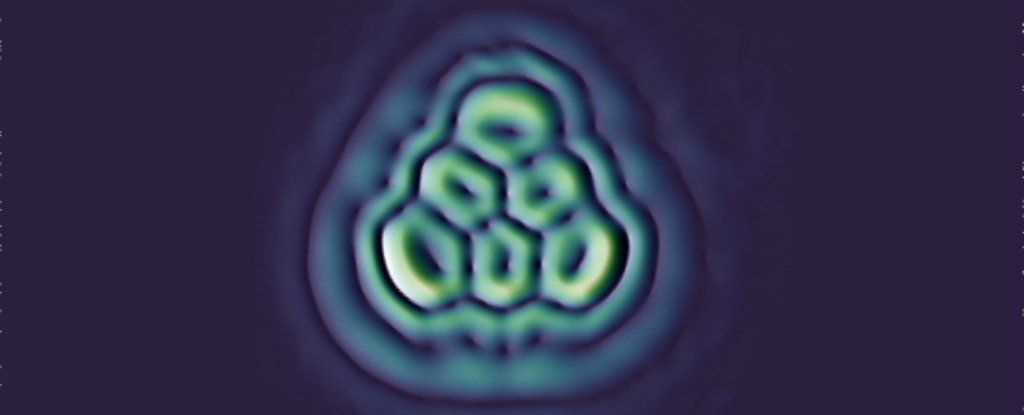Feb 23, 2017
Plan to attract world’s best talent to ‘science center’ in Zhangjiang
Posted by Karen Hurst in categories: particle physics, quantum physics, science
As I shared yesterday with others, the world of tech is about to be flipped on its’ head & even spun around several times. So what is the impact? It means that the companies “big tech” & Silicon Valley will need to change & evolve faster than ever or they could see countries with no old tech products & old tech brand will be given an easier playing field to adapt, quick-to-market due to no legacy noise, & refreshing as the new image brand v. an older stigma-brand tied to the good old days of Moore’s Law. So, I see many new versions of SVs outside the US emerging.
Shanghai’s Pudong will build a Tsung-Dao Lee Research Center in the Zhangjiang area, along with a batch of new world-class scientific institutes in a bid to develop the area into a “national science center.”
The research center is named after the Shanghai-born scientist who won the Nobel Prize for physics in 1957 and will focus on particle physics and astrophysics as well as quantum science and technology, the Shanghai Science and Technology Commission said.
“The new center aims to enhance China’s influence on the fields of fundamental physics,” a commission official told reporters yesterday.


